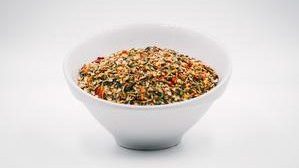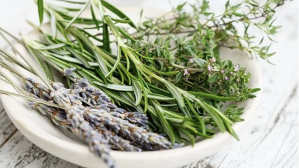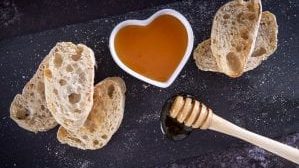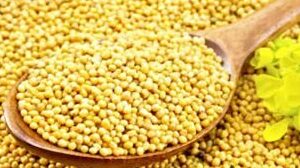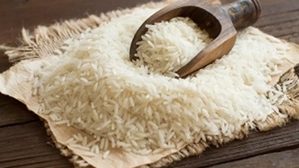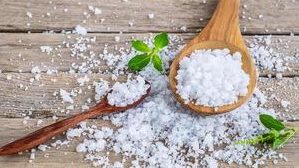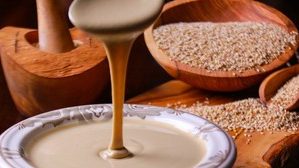Mediterranen Cousine
Flavour, colour and freshness are what make Mediterranean cuisine a ray of sunshine at your table. It’s one of the most varied cuisines in terms of flavour taste because of its herbs and spices. And the freshness is enhanced by the combo of legumes and grains. Mediterranean cuisine is defined by the food and preparation methods used by the inhabitants in the Mediterranean region.
Blended Spices
Spice are blended spices or herbs. When a certain combination of herbs or spices is called for in many different recipes, it is convenient to blend these ingredients beforehand. Blends such as chili powder, curry powder, herbs de Provence, garlic salt and other seasoned salts are traditionally sold pre-made by grocers, and sometimes baking blends such as pumpkin pie spice are also available. These spice mixes are also easily made by the home cook for later use.
Exotic Spices
Many spices come from more exotic parts of the world. Most spices originated in the tropical or subtropical climates of Africa, India, South East Asia, Caribbean or Mexico. The spice trade was one of the most lucrative businesses in history. Arab traders came up with fantastical stories about the origin of the spices, often saying that winged animals or poisonous snakes protected the spices! This not only dissuaded others from trying to find the spices themselves, but it also increased the cost of spices on the market like Saffron and black pepper.
Mustard
Mustard’s nutritional profile boasts a plentiful supply of essential minerals including calcium, iron, manganese, phosphorus and zinc. In addition to being a very good source of omega-3 fatty acids it also supplies tryptophan, phosphorus, iron and protein. Mustard seeds are also a very good source of selenium.
Nezareth Rice Mixture
Rice is the seed of the grass species Oryza sativa or less commonly Oryza glaberrima. The name wild rice is usually used for species of the genera Zizania and Porteresia, both wild and domesticated, although the term may also be used for primitive or uncultivated varieties of Oryza.
Tahina
Tahini or tahina is a Middle Eastern condiment made from toasted ground hulled sesame. It is served by itself or as a major ingredient in hummus, baba ghanoush, and halva. Tahini is used in the cuisines of the Levant and Eastern Mediterranean, the South Caucasus, as well as parts of North Africa.

